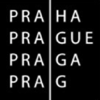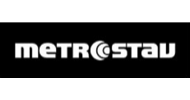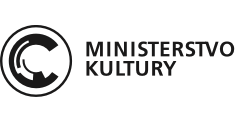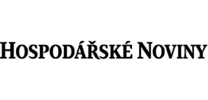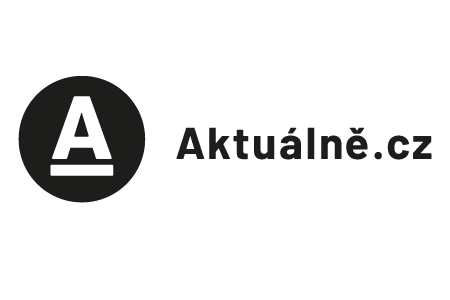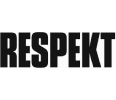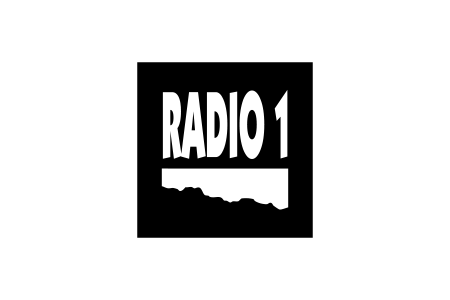The Role of Art / Roles in Art
23 Sep 2013 – 24 Sep 2018

The DOX Centre’s permanent educational programmes.
Is art a waste of time? What is contemporary art actually capable of? Answers to these and many other questions can be found in the DOX Centre’s new educational programme catalogue.
The aim of this series of educational programmes is to develop the potential of contemporary art in all its various forms. Prior to putting these courses together, we considered what contemporary art is and how to pass this experience/knowledge/feeling on. We designed several programmes that expound on the plurality of contemporary art, something that is so typical for art in general and irreplaceable for the educational process. To simplify things, two methods were chosen. The first, inspired by psychology and the world of board and computer games, takes the form of a role-playing game, providing not only various perspectives on contemporary art, but primarily also other ways of thinking. The second is the method of critical play, which presents today’s critical themes and ideas that should be a natural part of one’s everyday existence.
The result is a quartet of basic programmes that teach students the four basic roles that appear in the area of visual art:
the viewer (the Art in Your Pocket programme)
the artist (the Bodies on the Line programme)
the curator (the DJ Curator programme)
the architect (the Fairytale about Factory and Space for Manipulation programmes)
Because we develop key competencies in individual educational programmes beyond the scope of art itself, the role of instructors in these programmes is key; they have the power to include new, live material into further instruction as it becomes available. Emphasis is placed primarily on the ability to think critically, which combines key competencies in learning, communication and problem solving. It is the ability to think critically (not only about art) that is key for preparing oneself for professional and civic roles. Educational programmes also combine interactive encounters with works of art, various art, drama and literature workshops, and work on assignments.
More information on how to best utilize these programmes in instruction or how they can be included in your school’s curriculum is available in Information for Teachers.

